How Dragon Ball Broke into the Gaming Realm
The famous franchise had some interesting detours in the 1980s

Nowadays, it’s difficult to imagine a world without Dragon Ball. Not only is it one of the biggest media franchises in the world, but it also has become a touchstone of pop culture, with references like “It's Over 9000!” being global catchphrases. This influence now extends to its games. Back in the 1980s, when the future was uncertain for Akira Toriyama’s story, it ventured into a gaming industry full of uncertainty.
Take the Reins
Epoch Co. hunted for new growth opportunities in the 1980s. In the middle of that decade, they launched the Sylvanian Families, a series of anthropomorphic animal toys that lived in houses. They had also recently launched their Super Cassette Vision console.
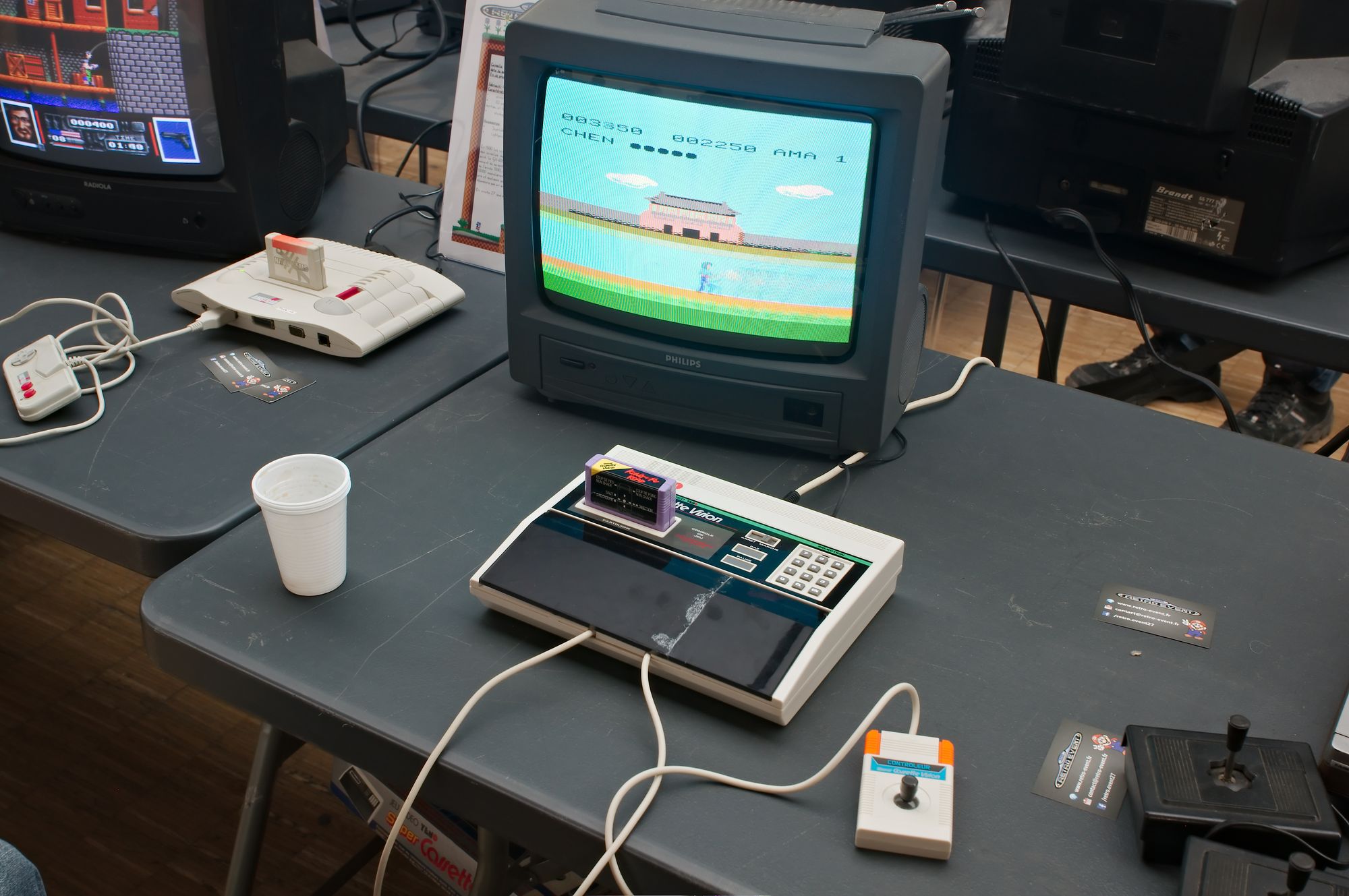
The company had been a pioneer in the Japanese gaming space, with early home systems like the TV Tennis Electrotennis of 1975. Still, when the Super Cassette Vision hit the market, competitors such as Nintendo’s Famicom and Sega’s SG-1000 had already stepped into the fray. Epoch Co. needed great software to stand out from the crowd.
Their in-house development team adapted the Dragon Ball franchise. At the time, the manga was still new, although it had already started to gain popularity. The Tournament Saga, especially, solidified its popularity with Shonen Jump readers in 1985.
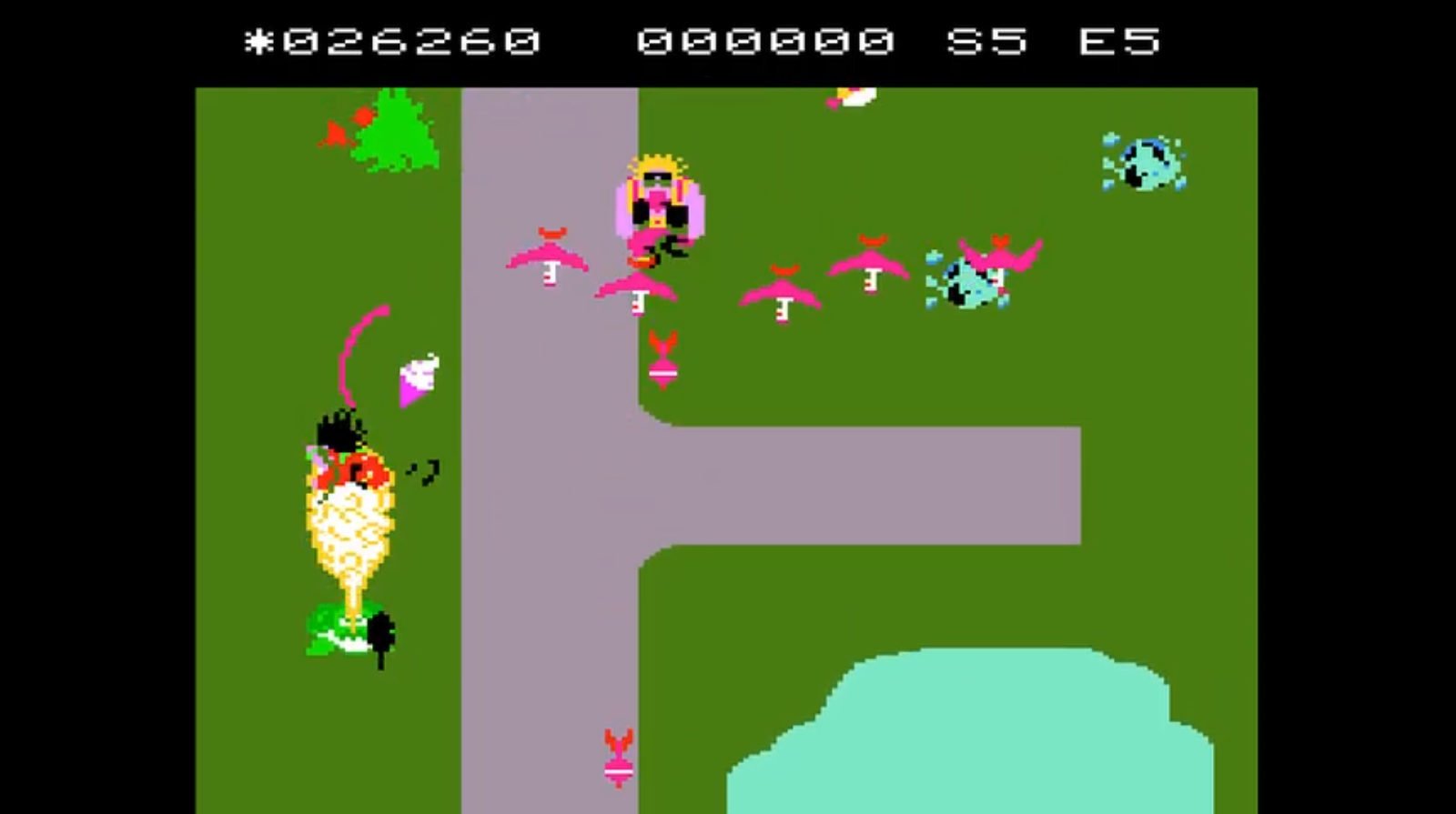
On September 27, 1986, the game, Dragon Ball: Dragon Daihikyō, hit Japanese stores. It sees the player take control of Goku, who traverses the world with the Flying Nimbus. In this shoot 'em up, he defeats foes like pterodactyls with his Power Pole and energy blasts. The game also switches to a side view to allow the player to battle Master Roshi.
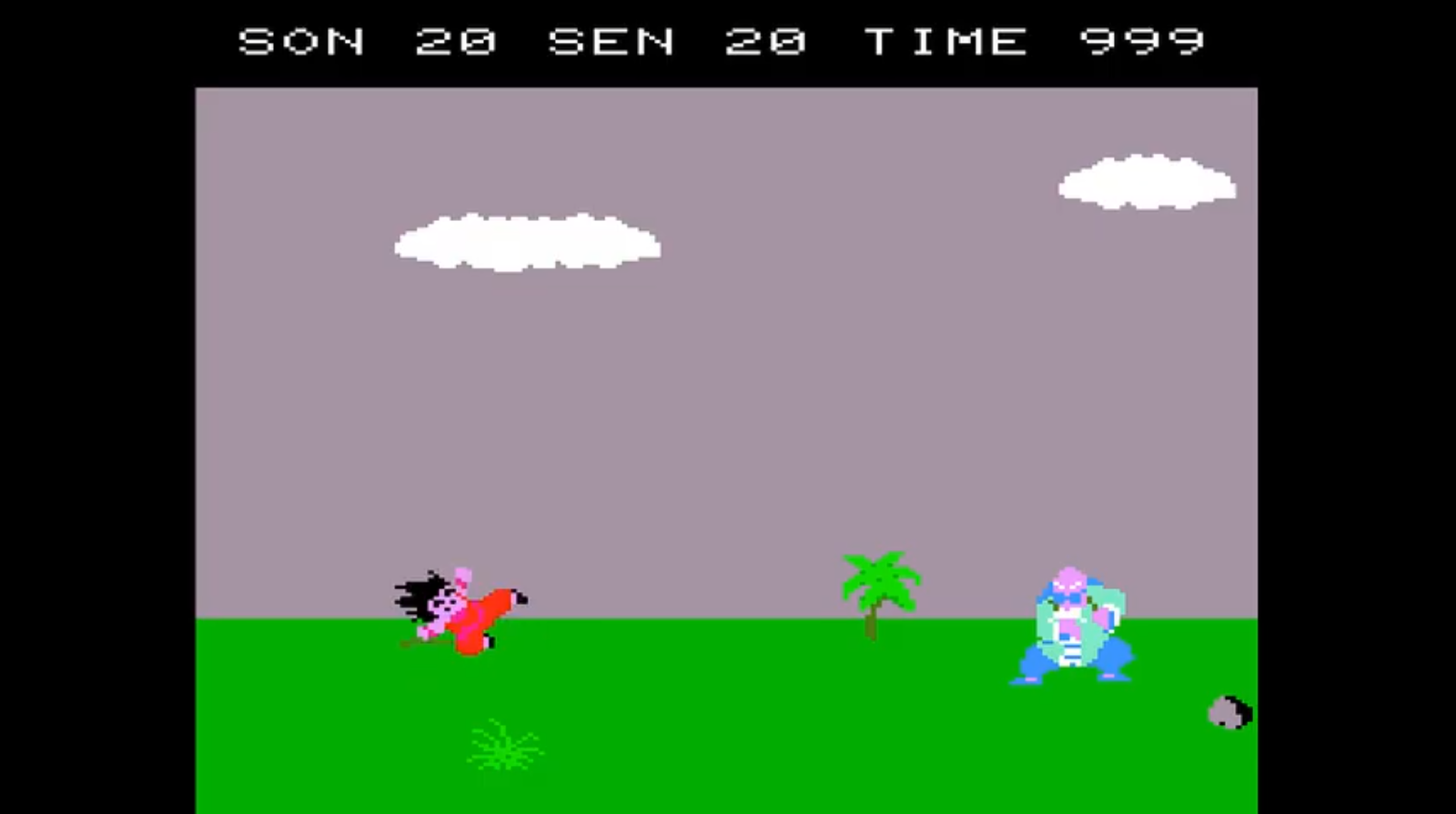
Shouts Reach a Cylinder
France and Japan were the Super Cassette Vision’s main markets, thus much of the world did not get the chance to play Dragon Ball: Dragon Daihikyō. In the end, it wasn’t enough to save the console, and Epoch pulled out of the market only months after its release. The field was open for other companies to leave their fingerprints on the franchise.
Tose received the responsibility from Bandai, a new licensor of the Dragon Ball franchise, to create a new title. Even though Tose was still new to game development, their prolific output had already included popular hits like Tag Team Match: M.U.S.C.L.E.
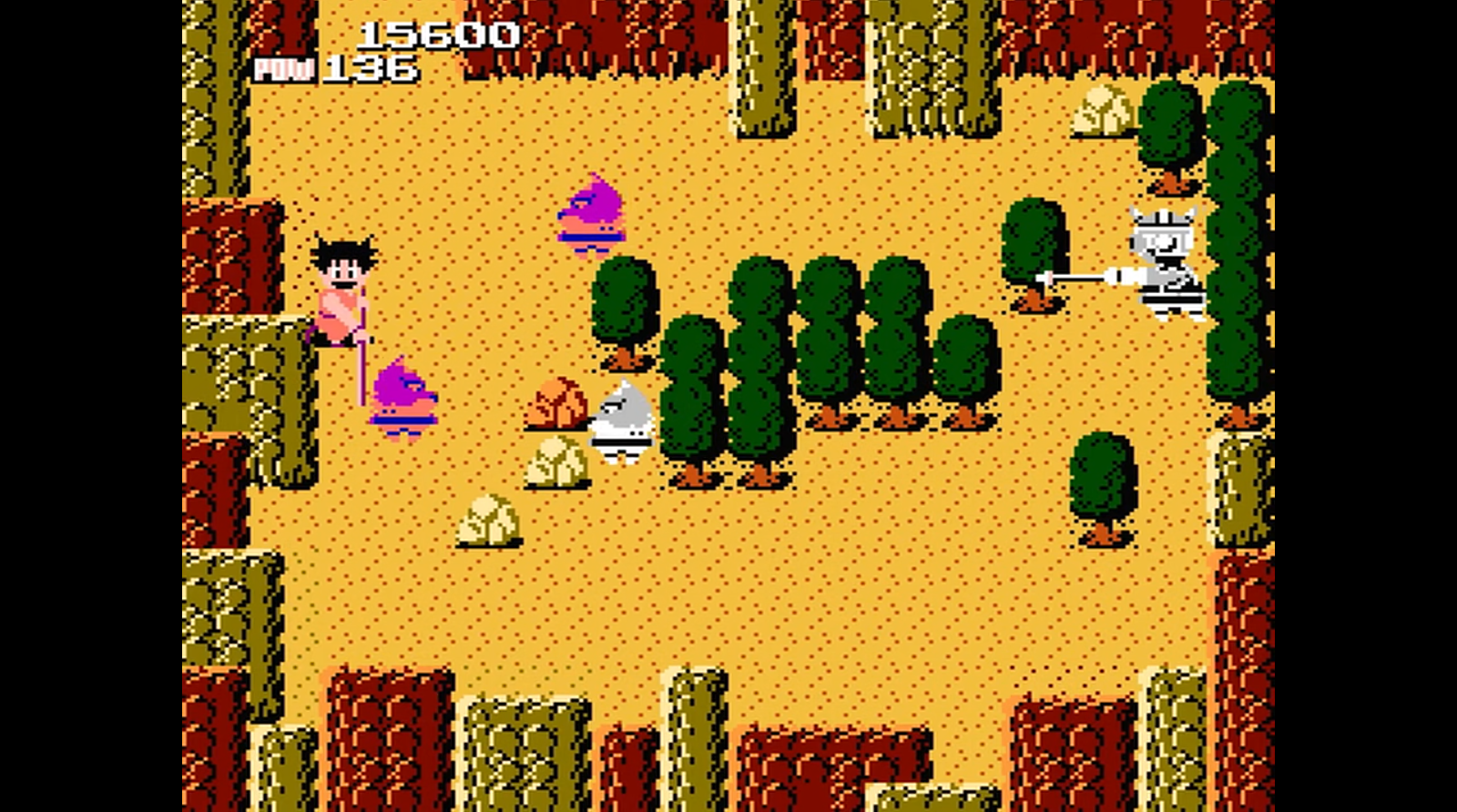
Dragon Ball: Shenlong no Nazo saw the light of day on 27 November 1986. This time, the Nintendo Famicom was the game’s platform. The player navigates an overhead map, whilst certain combat encounters take place in a side-view format.
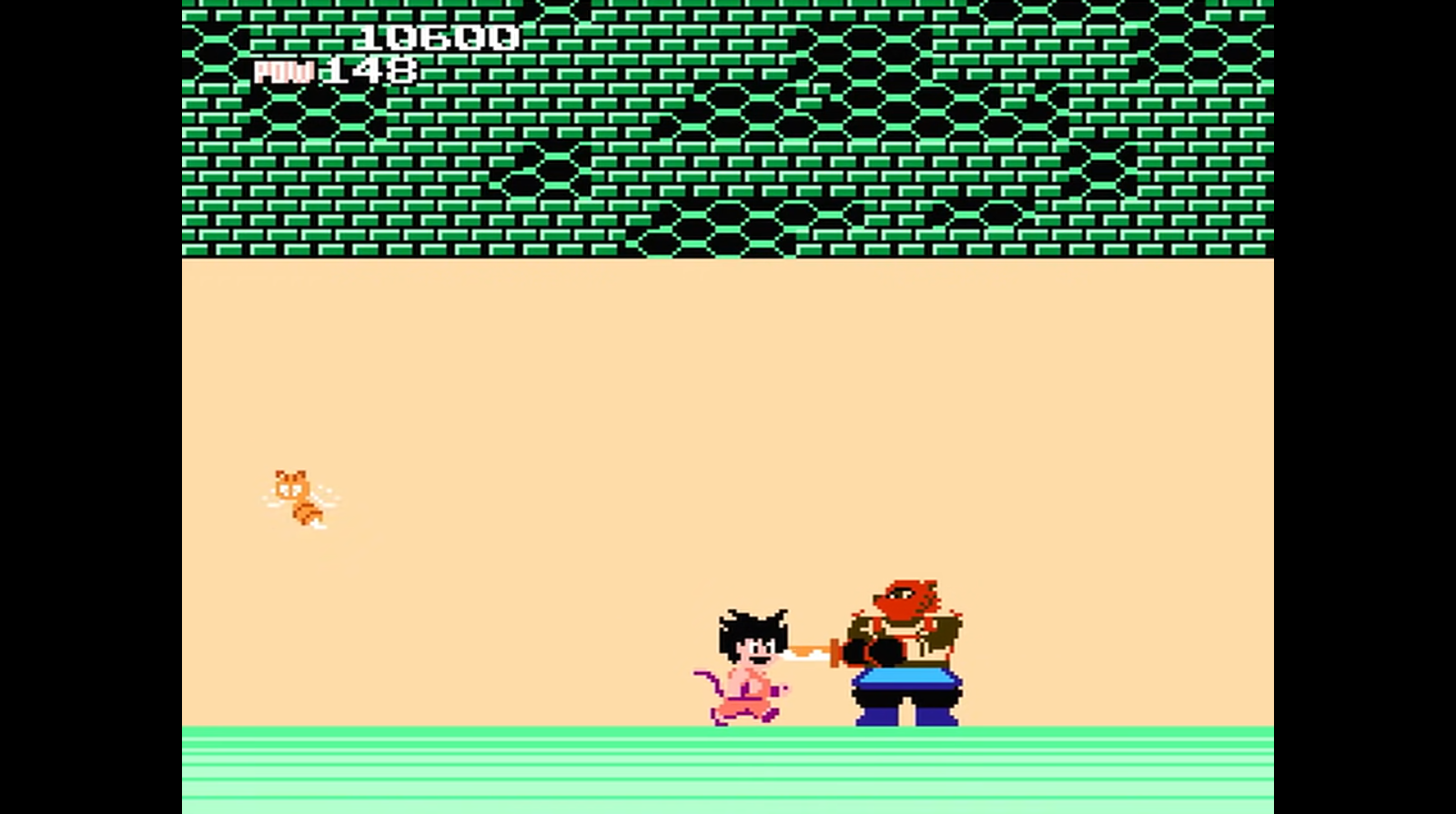
Bandai wanted to broaden its reach in other areas, such as North America, even though Dragon Ball had not gained widespread popularity in that region. Their solution? Repackage the game into Dragon Power, a game that lost many of its Dragon Ball elements to court mass Western appeal. Nintendo Power Issue (July/August 1988) described this game:
This exciting adventure game is based on the classic Chinese story, "Hsi Yu Chi" (Monkey). There are lots of Kung Fu-like movements. You begin deep in the mountains where Goku and Nora start their incredible mission to find seven crystal balls. Ahead lies a long, dangerous and fantasy-like escapade as the two search for the crystals.
The localization team had changed various names, such as Bulma’s name to Nora, for instance. Another example of the changes: Master Roshi wanted sandwiches instead of panties. Luckily, both are triangular, so it was one of the easier modifications. European countries received their own version about two years after the North American release.
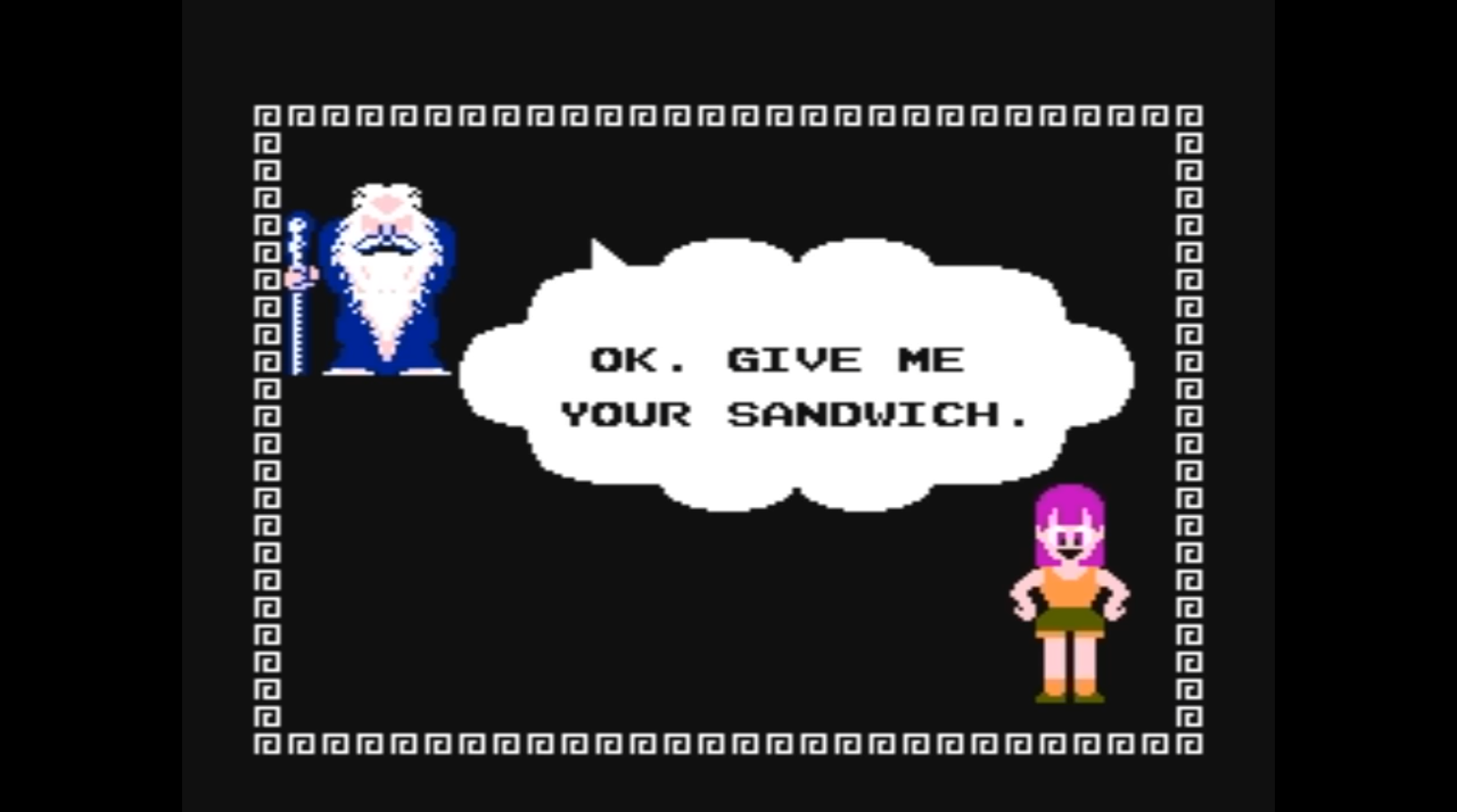
Different rates of fervor
During the 1980s and much of the 1990s, while Japan enjoyed Dragon Ball mania, a large section of the West was still unaware of its existence. One notable exception was France. In 1988, Dragon Ball aired on Club Dorothée, a kid's show that was on TF1.
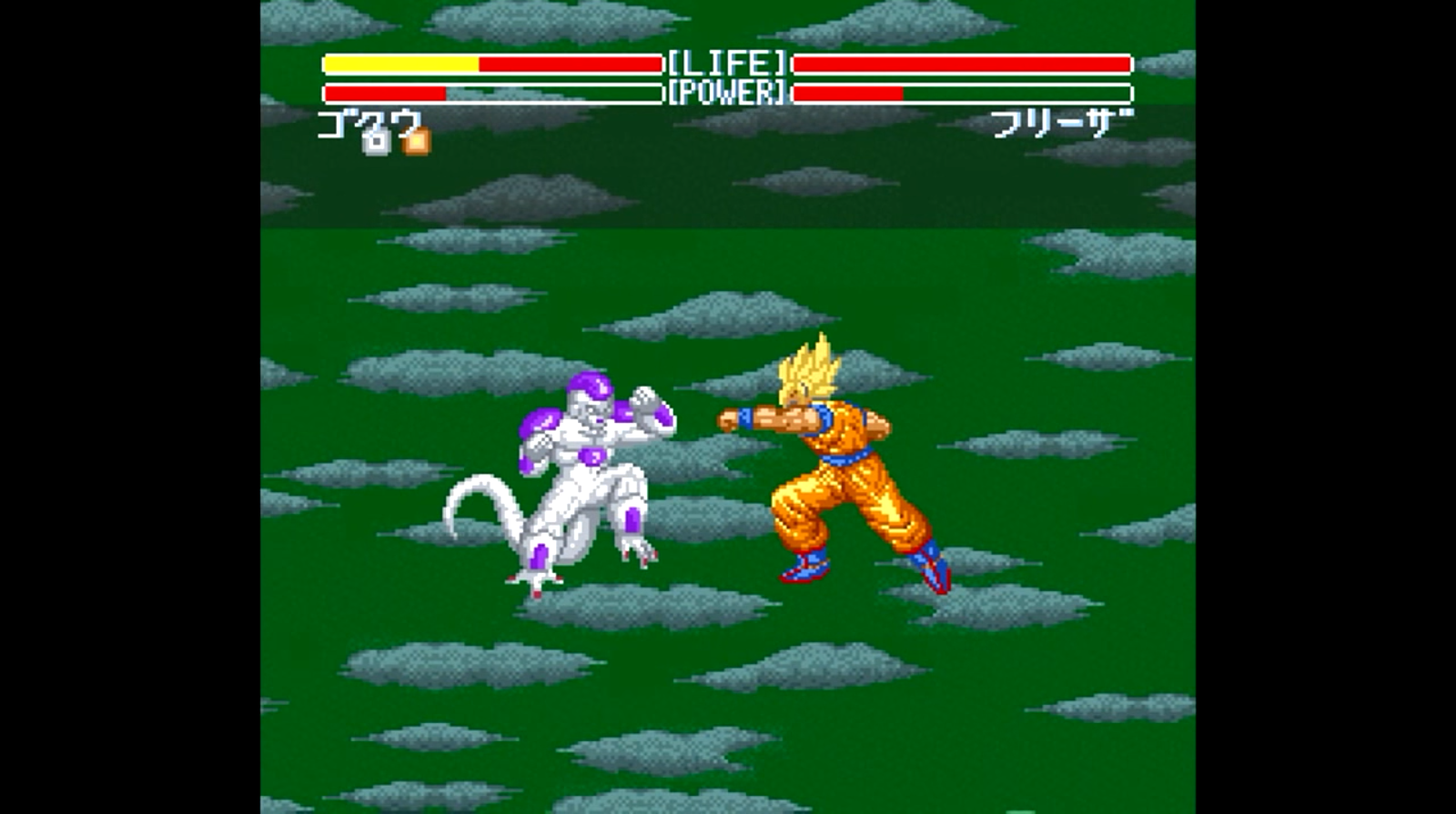
French gamers could play localized versions of several games, like Dragon Ball Z: Super Butōden (1993) and Dragon Ball Z: Super Butōden 2 (1994), neither of which were available in North America. The first game with an official American release, Dragon Ball GT: Final Bout, was only available in limited quantities in 1997. This is because the circumstances in the USA were quite different.
Dragon Ball had been broadcast on various local American television stations, but it was not part of a unified effort. From 1996 until 1998, Saban syndicated Dragon Ball Z episodes with the so-called Ocean dub to affiliates, although the rise of cable channels bit into that effort’s popularity. Its momentum slowed once again in the competitive market.
Dragon Ball Z appeared on Toonami a short while after the end of its Saban syndication run. More people took notice. By 30 September 1999, about 1.7 million households watched Dragon Ball in the USA.
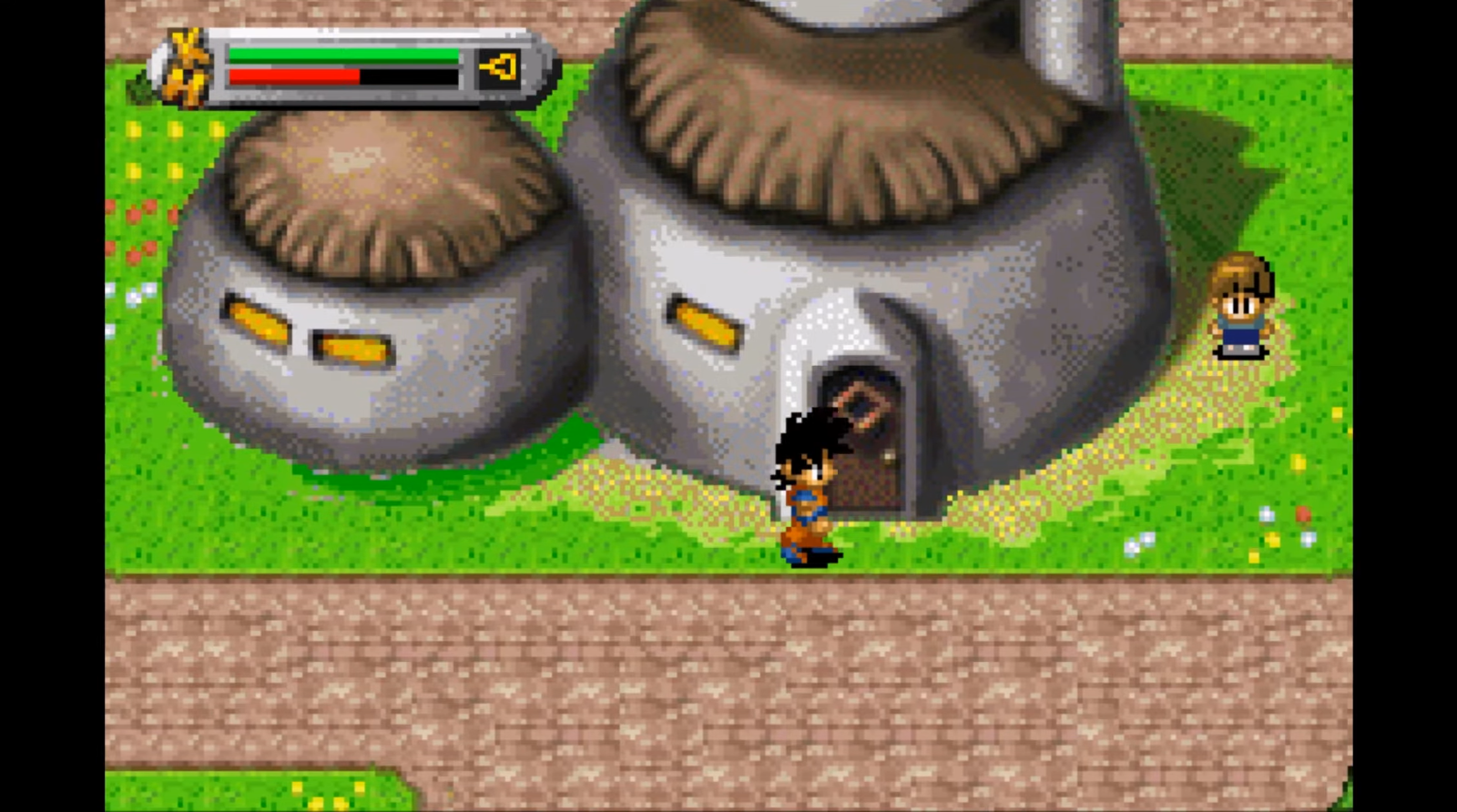
Dragon Ball Z: The Legacy of Goku, for the Game Boy Advance, was a success when it reached shelves in May 2002. A console title that capitalized on the fresh international hype was Dragon Ball Z: Budokai, a PlayStation 2 and GameCube game that came to the American market in December 2002. Amazingly, it would be the number 2 seller that month, only behind Grand Theft Auto: Vice City.
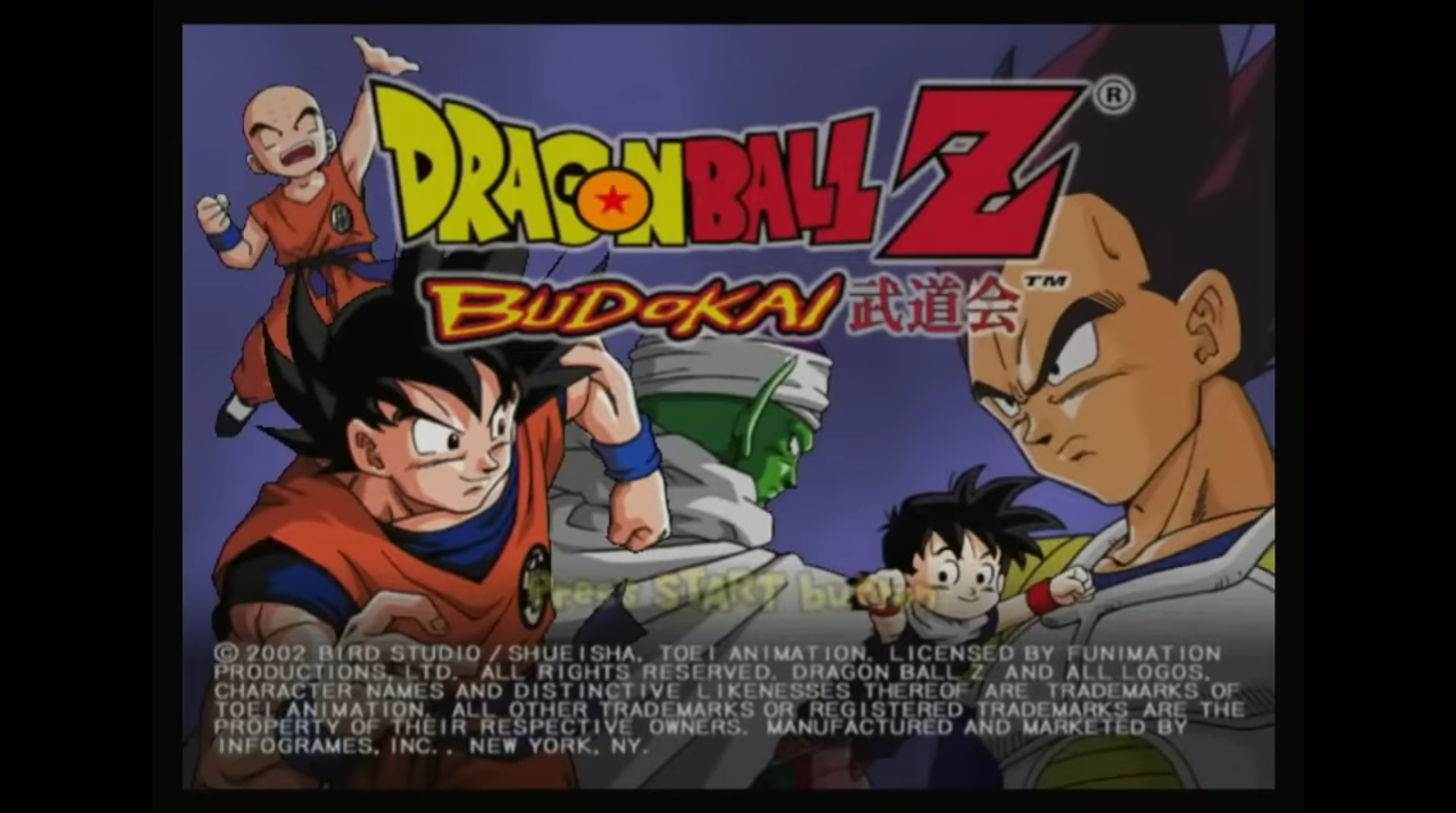
Dragon Ball took long, interesting paths during its history. The Budokai series was many gamers’ first introduction, but by the time of its release, the franchise already had various 8-bit RPG titles, 16-bit fighting games, and even quiz games in its vast catalogue.
In the 20+ years since Budokai debuted, Dragon Ball's popularity has grown immensely, with dozens of titles across nearly every platform and market around the world. With the continued popularity of anime, manga, and Dragon Ball itself, there seems to be no reason the flow of games will stop any time soon.